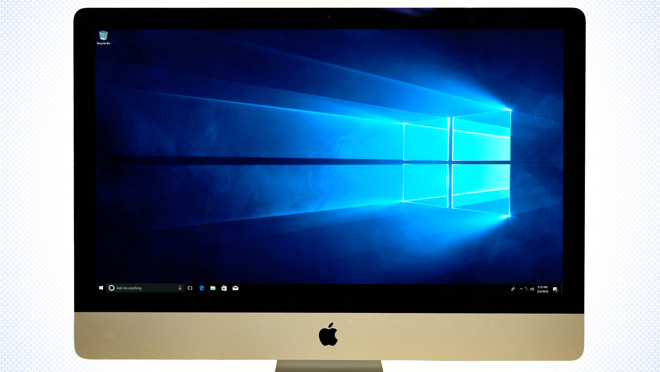Guest blog by Dhruba Jyoti Das, Parallels Support Team
Parallels Desktop 7 promises Apple users the best Windows experience on the Mac through virtualization. But is it actually better than running Boot Camp? We put both solutions to the test. I am using OS Sierra and Parallels with Windows7. Performance is very poor. I think performance would improve if I use Boot Camp to run MS programs instead of Parallels. Do I have to remove Parallels AND Windows7 first and then re-install Windows with Boot Camp? Should I upgrade to Windows 10 before removing Windows 7? Set Parallels Desktop virtual machine to use Boot Camp, as described above. Right-click on the Parallels Desktop icon on your Mac dock and open Control Center (Control Center for Parallels Desktop within the macOS Dock) Right-click on the Boot Camp-based virtual machine and select Import Boot Camp.
One of my co-workers has previously written about the general procedure on how to set up a Windows virtual machine in Parallels Desktop based on your Boot Camp partition. But time flies fast, and Microsoft came up with Windows 10—not to mention, we recently released Parallels Desktop 11. Let me refresh what we’ve written in the past with updated instructions and the latest operating systems.
You can take advantage of two different options in Parallels Desktop to work with a Boot Camp partition. Let me guide you through both options.
Option 1: Using your existing Boot Camp installation.
Fire up Parallels Desktop. With Parallels Desktop active, go to your Mac upper menu and select File→ New. In the Parallels Wizard, choose Use Windows from Boot Camp and click Continue.


If the option to Use Windows from Boot Camp isn’t present in Parallels Wizard, try the steps below:
- Choose Install Windows or another OS from DVD or image file and then click Continue.
- On the next page, click Locate manually and Continue without a source box.
- Choose the type of operating system installed in Boot Camp. (For example: Windows 10.)
- Make sure the Customize settings before installation box is checked. Click Continue.
- In the Configuration window, switch to Hardware tab → Hard Disk 1.
- From the Source drop-down list, choose your physical Boot Camp partition.
- Close Configuration and continue your installation.

Option 2: Importing Boot Camp into a VM.
This process will help you to eventually migrate all of your Boot Camp data into the VM and get rid of the Boot Camp partition (or leave it as a separate install).

Here’s how to import Boot Camp into your Parallels Desktop VM:
- Set Parallels Desktop to use Boot Camp, as described above.
- Right-click on the Parallels Desktop icon on your Mac dock and open the Control Center.
Install Bootcamp On Unsupported Mac
- Right-click on the Boot Camp-based Windows and select Import Boot Camp.
- Locate where you would like to store Windows and your data and follow the on-screen instructions to complete the import.
Turn Parallels Vm Into Bootcamp
When you create a Boot Camp-based VM (as described in the first method), all of the changes you do on the Boot Camp side will be reflected in your VM and visa versa.For example, when you install a Windows program in the VM, it will also appear in Boot Camp.
On the contrary, if you import Boot Camp (using the second method), all the changes you do will be saved only on the side you actually perform them on. For example, if you install a Windows update on the VM side, it won’t appear in Boot Camp.
If you are starting fresh and you do not have Boot Camp, you do not have to set it up. You can simply set up Windows in a standalone VM. That gives Windows its own slice of real hard drive space so you can use it without having to shut down your Mac OS.
Migrate Parallels To Bootcamp
Hope this information helps! And don’t forget to follow the Support team on Twitter.
